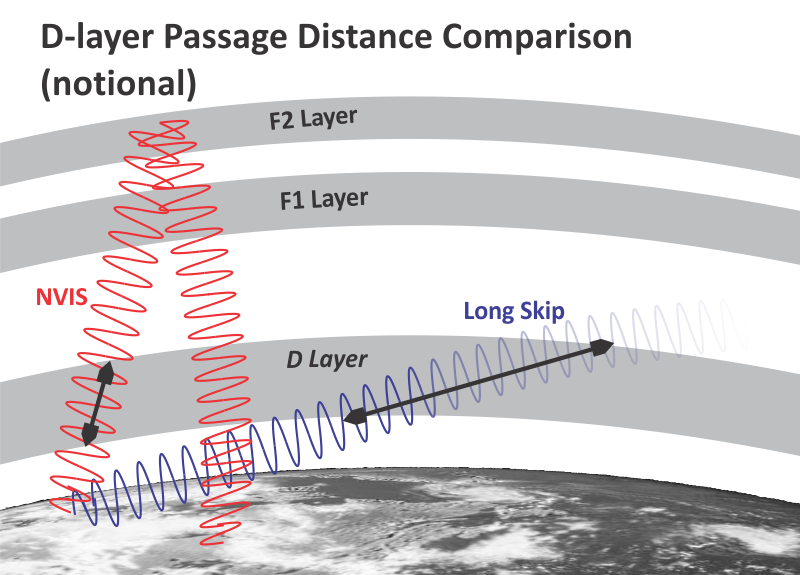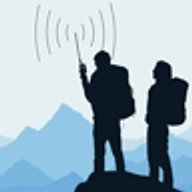
Enthusiast III
- 2,182
- First Name
- Mark
- Last Name
- Woody
- Member #
-
28425
- Service Branch
- US Army / US Navy
Thanks for the advice. I have a few options for Tech coming up. To be honest, I haven't even looked to deep into the prep for General. As much as I have kicked that can down the road, I do consider an absolutely MUST do.Don't just get your tech and stop. It is well worth it to get your General License. As you move up in License class more things open up for you.
I would love to see more use of NVIS among Overland travelers. A base, an 8 foot post/mast, four short wires, a tuner and you can cover hundreds if not thousands of square miles. You can communicate even if there are multiple mountain ridges between you and the other party.






